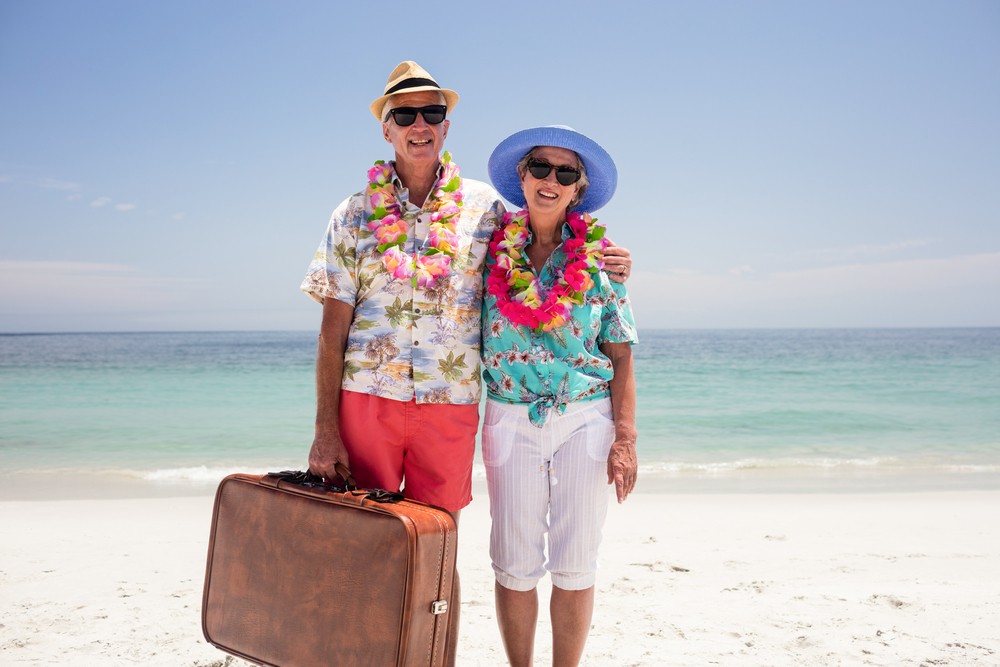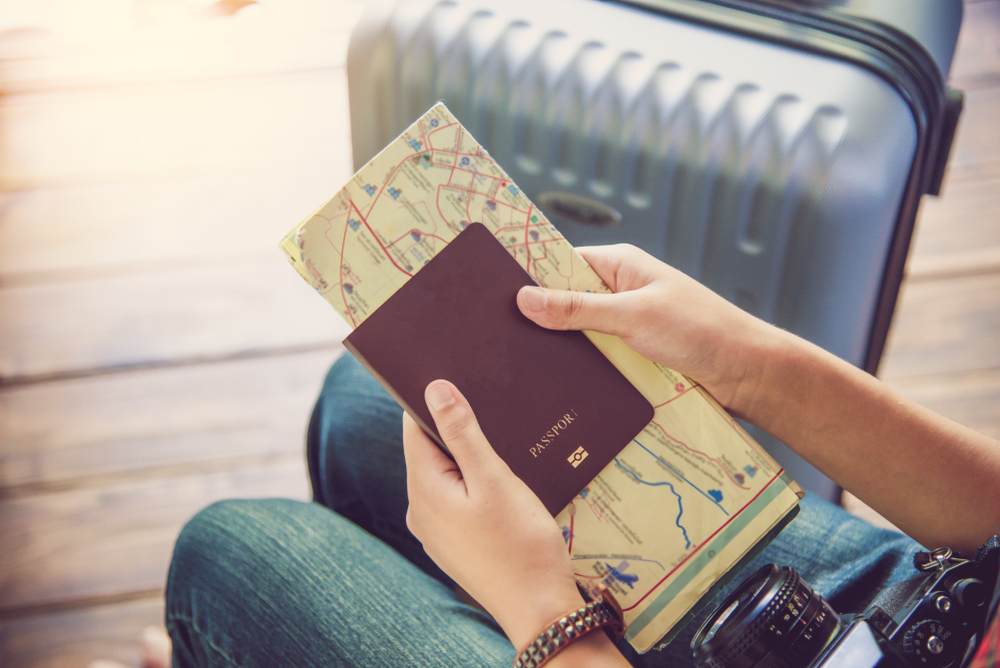Whether it’s a weekend getaway or a longer trip abroad, travelling can be a great way for seniors to stay active and engaged in life. Let’s explore some of the amazing benefits of travelling for senior citizens.
Travelling is a wonderful experience that can be enjoyed by people of all ages, including senior citizens. In fact, there are numerous benefits to travelling for older adults, from improving their mental and physical health to providing opportunities for socializing and learning new things. Seniors see travel as a time to rediscover themselves. Travelling is not limited to merely exploring new and amazing destinations; it also has the potential to broaden one’s perspective. Travelling can be considered a form of therapy, as it helps seniors build self-assurance by confronting and overcoming their fears, thus stepping outside their comfort zones. This experience has been shown to have significant therapeutic advantages.
MP Deepu, Co-Founder, Senior World, shared some amazing benefits of travelling for senior citizens.
- Stress due to loneliness is one of the most common conditions that the elderly face. Building their careers and keeping up to give their best to their families gets exhausting by the time they enter their 60s and they start feeling lonely and frustrated. This might impact their physical and mental health. Travel is indeed great for relieving stress and improving your general outlook on life. It also reduces the risk of dementia and can combat depression.
- Seniors find a sense of purpose when they choose to travel and thus become less susceptible to cognitive impairment, heart attacks and strokes, thus allowing them to live longer.
- The value of tourism has also been added to the studies of active ageing. An exploratory study of senior tourism by Hunter-Jones P and Blackburn A, suggested that vacations induce subjective feelings of relaxation, physical and mental well-being in seniors, and, in some instances, lead to reported improvements in certain chronic diseases, such as asthma and arthritis.
- Engaging older adults in social activities with a group are of great importance as it helps to deepen connections and participating in specially curated adventure activities with a peer group boosts their cognitive well-being.
The second innings of their lives gives seniors more time to enjoy and fulfil their wish of taking those trips that they had always dreamt of. Travelling is the perfect escape for them and motivates them to maintain their health, explore new things and release stress. They will be happier for the rest of their lives with improved physical, mental, and psychological health!



